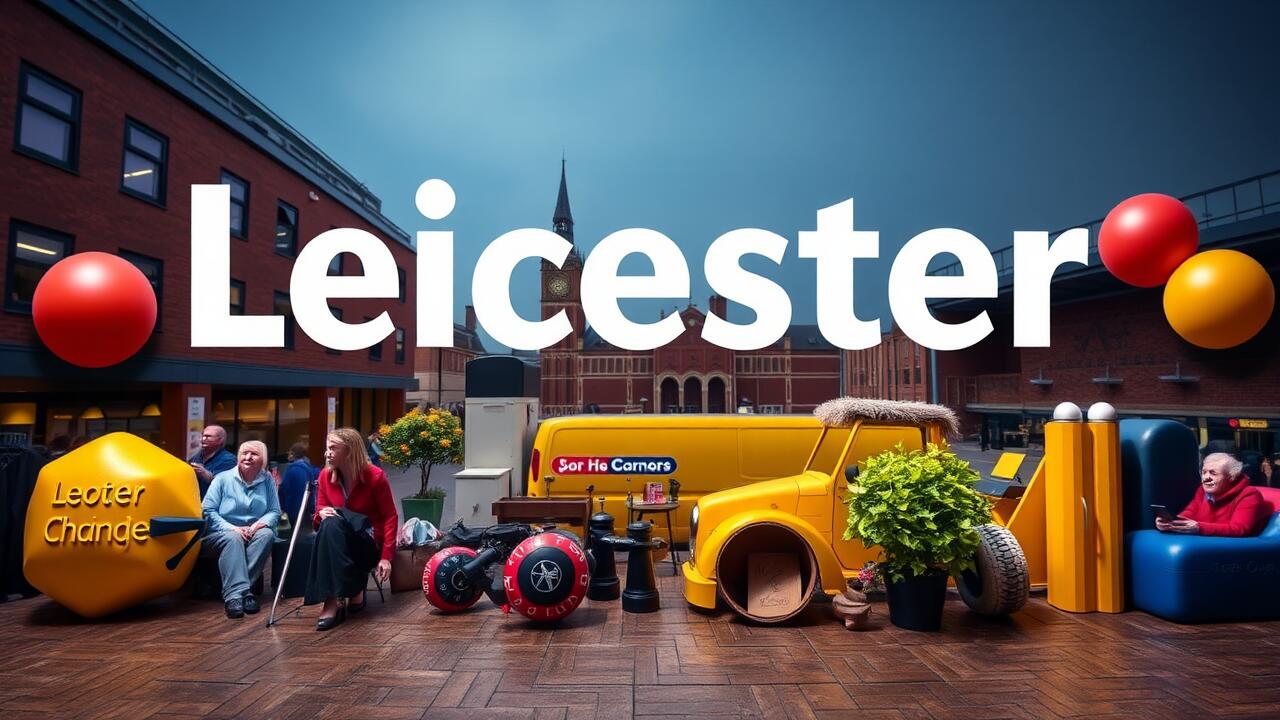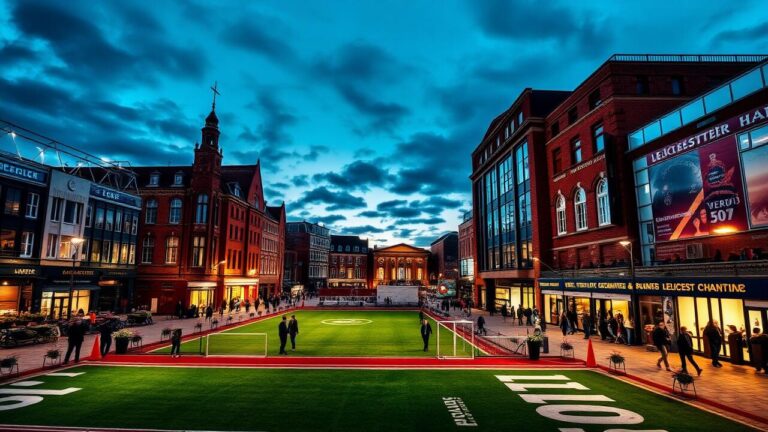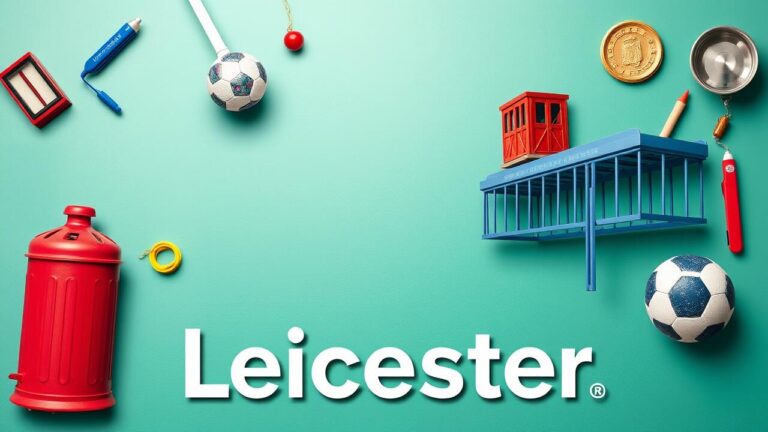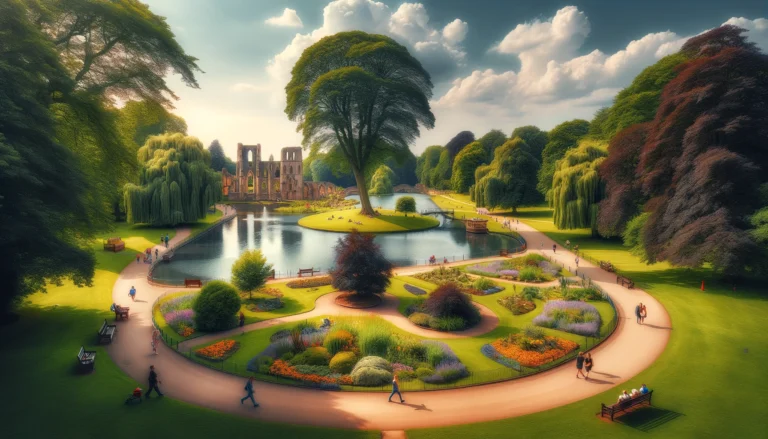Sustainable city projects
Urban Green Spaces
The infusion of green spaces into the bustling tapestry of urban life has emerged as a crucial centerpiece in the quest for sustainable cities. Picture this: parks bursting with life, community gardens sprouting in unexpected corners, and green rooftops kissing the sky—these elements do more than just beautify our concrete jungles; they breathe vitality into them. These verdant havens become essential sanctuaries, vital habitats that nurture a kaleidoscope of species, enriching the biodiversity that often struggles to survive amidst the chaos of city living.
But wait! There’s more—access to nature isn’t merely an aesthetic indulgence; it’s intricately linked to enhanced mental health and overall well-being among city dwellers. Imagine stepping outside your door and feeling that sense of belonging wash over you while engaging in invigorating outdoor activities.
Now consider this: thoughtful planning and diligent upkeep of these urban oases can dramatically counteract those stifling heat islands we dread during summer months. They offer shade like a comforting embrace and cool us down through evapotranspiration—a fancy term for nature’s way of keeping things chill! Plus, let’s not overlook their prowess in stormwater management—they gulp up rainwater with gusto, mitigating runoff like pros.
By channeling resources into green infrastructure, cities don’t just combat pollution; they cultivate healthier lifestyles and build resilient ecosystems ready to tackle climate change head-on. Such endeavors signal an awakening—a growing understanding among urban planners about the myriad benefits greenery brings to our lives in this fast-paced world we inhabit.
Importance of Parks and Biodiversity
Urban parks—those verdant oases nestled within the concrete sprawl—are not merely patches of grass; they are lifelines for city dwellers, pulsating with vitality and promise. These lush retreats provide a cornucopia of recreational delights and visual splendor, yet their true magic lies in their profound impact on mental well-being and stress alleviation. Picture this: a sun-dappled afternoon where laughter mingles with the rustle of leaves, creating a sanctuary that buffers against the relentless urban heat, purifies the air we breathe, and nurtures local wildlife—a symphony enhancing biodiversity amid the bustling metropolis.
Biodiversity within these parks is not just important; it’s essential! A rich tapestry of plant and animal life underpins ecological stability and resilience. Think about it: diverse species engage in intricate dances of pollination, nutrient cycling spins its vital web, while natural pest control quietly orchestrates harmony among flora and fauna alike. Parks that champion native species transform into thriving habitats for local creatures—an interconnected ecosystem flourishing right beneath our noses! By cherishing these green sanctuaries, cities can weave vibrant tapestries for future generations to explore while cultivating deeper connections to nature amongst urbanites who often lose sight of its wonders amidst skyscrapers and traffic jams.
| Park Name | City | Biodiversity Highlights | Area (Acres) |
|---|---|---|---|
| Central Park | New York City | Over 200 species of birds, diverse trees and plants | 843 |
| Golden Gate Park | San Francisco | Native coastal plants, butterfly habitats, over 60 bird species | 1,017 |
| Hyde Park | London | Wide variety of wildflowers, home to several mammal species | 350 |
| Millennium Park | Chicago | Native plant gardens, habitat for pollinators and birds | 24.5 |
| Stanley Park | Vancouver | Diverse marine and forest ecosystems, over 230 species of birds | 1,001 |
Smart City Technologies
The surge of smart city technologies has emerged as a cornerstone in the ever-evolving landscape of urban planning. These cutting-edge innovations span an eclectic mix of applications—think Internet of Things (IoT) devices, sophisticated data analytics, and the mind-bending capabilities of artificial intelligence. Picture this: smart sensors scattered throughout our bustling cities, tirelessly monitoring environmental conditions. They work to slash energy consumption while ramping up public safety. Real-time data collection becomes the heartbeat of decision-making for city officials, allowing them to craft strategies that can dramatically elevate residents’ quality of life.
But wait—there’s more! Smart city technologies don’t just serve local governments; they hand power directly to citizens by unlocking access to vital information and services via digital platforms. Imagine mobile apps at your fingertips, enabling residents to easily report pesky issues like potholes or malfunctioning streetlights—a spark igniting community engagement and prompting swift responses from local authorities. And let’s not overlook public transportation systems! With smart tech weaving through their operations, routes and schedules become dynamic entities that adapt according to user demand. This harmonious blend ensures resources are utilized with razor-sharp efficiency while championing sustainable practices within our urban jungles.
Leveraging Data for Better Urban Living
Data, a linchpin in the intricate tapestry of urban life, wields immense power in elevating living standards. Imagine cities steeped in a symphony of sensors and smart technologies—an orchestra playing the real-time rhythms of traffic flow, air purity, and energy usage. This data-centric worldview equips city planners and decision-makers with insights that are nothing short of revelatory. Armed with this knowledge, they can deftly navigate resource allocation while enhancing overall operational efficiency. And then there’s predictive analytics—a crystal ball that gazes into community needs, enabling proactive strategies to tackle looming challenges before they spiral out of control.
But wait—there’s more! The fusion of data-driven methodologies sparks an electrifying synergy among diverse stakeholders. Picture local governments reaching out to residents through intuitive mobile apps that not only dispense updates about city services but also invite feedback on community initiatives. This level of transparency? It cultivates trust like a well-tended garden and ignites citizen engagement in sustainability endeavors. The savvy application of data unites communities under a shared vision while nurturing an ecosystem ripe for innovation—ultimately crafting urban landscapes that are resilient and future-ready!
Community Engagement in Sustainability
When community members dive into active participation, a vibrant culture of sustainability springs to life in urban landscapes. Imagine citizens stepping up for eco-friendly endeavors—it’s like planting seeds of ownership and responsibility deep within the soil of local natural resources. Initiatives such as community gardening, clean-up drives, and educational workshops transform residents from passive observers into engaged contributors right in their own backyards. These efforts do more than just boost environmental awareness; they weave together the fabric of social cohesion among diverse groups, creating a tapestry rich with connection.
But hold on—this isn’t just about planting gardens or picking up trash. Involving citizens in decision-making is absolutely essential for the enduring success of sustainability initiatives! Think about it: platforms that spark feedback and foster collaboration between local government and residents can lead to policies that truly resonate with the community’s heartbeat. Workshops and town hall meetings become arenas of dialogue where voices rise, concerns are aired, and innovative solutions blossom. When individuals feel their perspectives matter—even if they’re just one voice in a chorus—they’re far more inclined to roll up their sleeves, invest time, and channel resources into nurturing and enhancing their environment.
Involving Citizens in Eco-Friendly Initiatives
Engaging citizens in eco-friendly initiatives is absolutely essential for the very heartbeat of sustainability efforts coursing through urban landscapes. Picture this: when community members dive headfirst into these projects, cities tap into a wellspring of local wisdom and bursts of creativity, crafting solutions that are not just clever but also tailor-made to fit the unique fabric of their surroundings. Think community gardens bursting with life, tree-planting events where hope literally takes root, and recycling drives that rally neighborhoods together—these actions don’t merely promote environmental stewardship; they weave a tighter social tapestry.
When residents cultivate a genuine sense of ownership over their slice of nature, it’s like flipping a switch—their participation in sustainable practices skyrockets. It’s contagious!
And let’s not overlook the pivotal role educational campaigns play—they’re the spark that ignites actionable steps toward sustainability! Imagine workshops buzzing with energy and informational sessions overflowing with practical tools designed to empower residents to make eco-conscious choices seamlessly integrated into their lives. When local schools and organizations come together in this mission? That outreach amplifies like ripples on water—and suddenly, there’s an entire culture blossoming around sustainability itself!
These initiatives do more than just highlight urgent environmental challenges; they ignite inspiration within community hearts—a long-term commitment to embracing green lifestyles becomes not just possible but profoundly meaningful among neighbors united by purpose.
Policy Frameworks Supporting Sustainability
In the chaotic tapestry of urban life, sustainability efforts are intricately woven into a fabric shaped by robust policy frameworks—both local and national. These well-crafted regulations serve as catalysts, sparking the integration of sustainable practices across diverse sectors like transportation, energy, and waste management. Picture this: eco-friendly building codes that not only comply but inspire; incentives that make renewable energy sources not just an option but the preferred choice; strategies for waste reduction that become second nature to city dwellers.
But wait! The plot thickens—public policies need to be chameleonic, adapting to the myriad challenges each unique city presents. A holistic approach emerges when voices from environmental experts, urban planners, and community members collide in a symphony of ideas. It’s about creating frameworks that don’t just tick boxes but resonate with inclusivity. When policies prioritize long-term sustainability alongside economic viability and social equity? That’s where resilience takes root in our ever-evolving urban landscapes.
And here’s the kicker: as cities transform at breakneck speed, constant evaluation and adaptive revisions aren’t merely recommended—they’re imperative! This dynamic dance ensures policy frameworks remain sharp and effective, continually fostering an environment ripe for sustainable growth amidst the whirlwind of change.
Local and National Government Roles
Local and national governments—oh, what pivotal players they are in the grand theater of urban sustainability! Their knack for crafting and enforcing regulations can spark a cascade of improvements in environmental standards that resonate throughout our cities. Picture this: policies designed to cultivate lush green infrastructure springing forth from their desks, paving the way for urban landscapes that place ecological health at the forefront.
Incentives? Absolutely! Renewable energy initiatives, sustainable transportation systems, waste reduction strategies—they often emerge from these governmental levels like seeds planted in fertile soil. This empowers cities to embrace practices that harmonize with overarching sustainability aspirations.
But wait, there’s more! These government agencies wield not just authority but also resources galore to fund groundbreaking sustainable projects—making them indispensable architects of urban development. The magic truly happens when different tiers of government come together; such collaborations can amplify the resonance of sustainability initiatives like echoes bouncing off canyon walls. Local governments bring invaluable on-the-ground insights, tailoring solutions to fit community needs perfectly while national frameworks provide scaffolding to scale successful practices across diverse regions.
This dynamic synergy is absolutely crucial for sculpting resilient urban environments capable of bending—not breaking—in response to the daunting challenges posed by climate change and booming populations. A dance between local familiarity and national structure—a recipe for success indeed!
- Local governments develop and implement regulations specific to their communities.
- National governments provide overarching policies that set sustainability benchmarks.
- Collaborative initiatives between local and national governments can leverage resources for larger projects.
- Local agencies often conduct public outreach to educate citizens about sustainability practices.
- National programs can offer funding and grants to support local sustainability efforts.
- Both levels of government must focus on inclusive practices that engage diverse populations.
- Regular assessments and feedback mechanisms can help improve the effectiveness of sustainability policies.
Case Studies of Successful Sustainable Cities
Delving into the tapestry of cities that have woven sustainable practices into their very fabric unveils a treasure trove of insights for future endeavors. Take Copenhagen, for instance—a beacon with its audacious ambition to achieve carbon neutrality by 2025! This city doesn’t just talk the talk; it has constructed an intricate web of cycling lanes, robust public transport systems, and innovative green building methodologies. Yet, at the heart of this eco-revolution lies community engagement—an essential ingredient that cultivates a profound sense of ownership among residents while sparking a fire for environmentally friendly habits.
Then there’s Singapore, a dazzling example where vertical gardens and lush green roofs rise defiantly against urban sprawl. Here, nature isn’t merely an afterthought but rather interwoven within the concrete jungle to bolster biodiversity and grant citizens access to verdant havens amidst skyscrapers. The infusion of smart technologies further refines resource management processes—making energy consumption tracking and waste reduction not only feasible but almost effortless! These exemplary case studies serve as guiding stars for other cities grappling with sustainability in the face of relentless urban expansion challenges.
Lessons Learned from Global Examples
Cities across the globe have embarked on a myriad of sustainable initiatives, each offering intriguing lessons for urban development. Take Copenhagen, for instance—its seamless integration of green infrastructure has not just improved air quality but has also breathed new life into urban biodiversity. When local communities dive headfirst into these projects, something magical happens: they cultivate a sense of ownership and responsibility that spikes participation rates and ensures the flourishing maintenance of green spaces. Delving into these success stories underscores a vital truth — initiatives must be crafted with an eye toward their unique cultural and environmental landscapes.
Then there’s Singapore, where the experience reveals an astonishingly pivotal role played by smart technologies in championing sustainability. With data analytics and IoT devices weaving through its fabric, waste management becomes efficient while energy consumption finds optimal pathways. This dual approach doesn’t merely push towards ecological sustainability; it elevates residents’ quality of life to new heights! By gleaning insights from these global exemplars, other urban areas can adapt and fine-tune their strategies—ultimately forging a future that’s both sustainable and brimming with livability.
Conclusion
The quest for sustainable city projects emerges as a pivotal stride in the evolution of urban living, intertwining the threads of environmental preservation with enhanced quality of life. Imagine well-orchestrated ventures that breathe life into urban green spaces, wield smart technologies like wands, and ignite community spirit—a vibrant tapestry woven from commitment to ecological resilience. This dynamic fusion doesn’t merely boost biodiversity; it fortifies the very fabric of community connections, giving rise to robust urban ecosystems that thrive against adversity.
Take a stroll through successful examples from cities worldwide—each one a testament to the power of a multi-layered strategy in achieving long-term sustainability. Here’s where policymakers and citizens alike step onto the stage, their roles critical in crafting frameworks that lift these aspirations off paper and into reality. By absorbing lessons from global case studies while diving headfirst into local initiatives, cities can carve pathways toward an ever-sustainable future—a legacy destined to enrich both today’s inhabitants and generations yet unborn.






